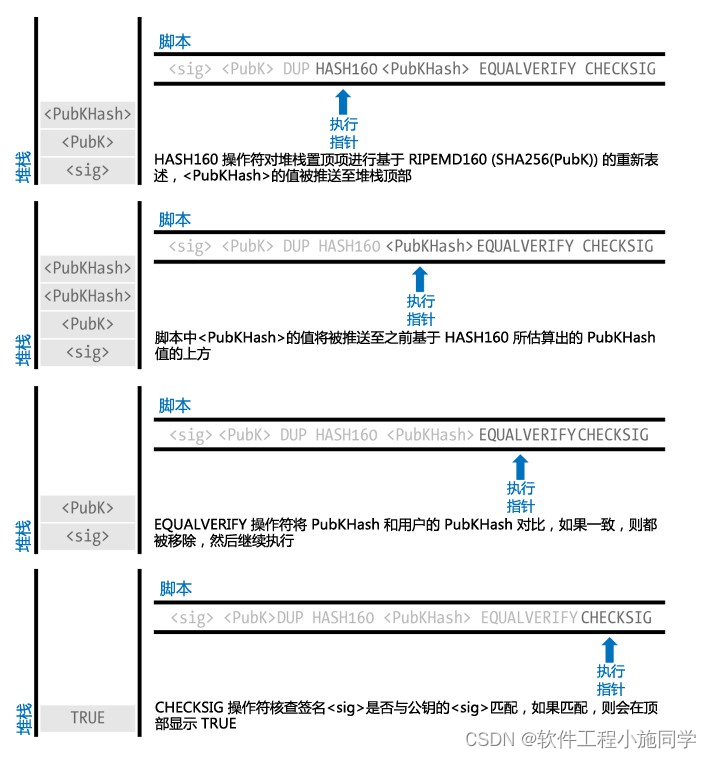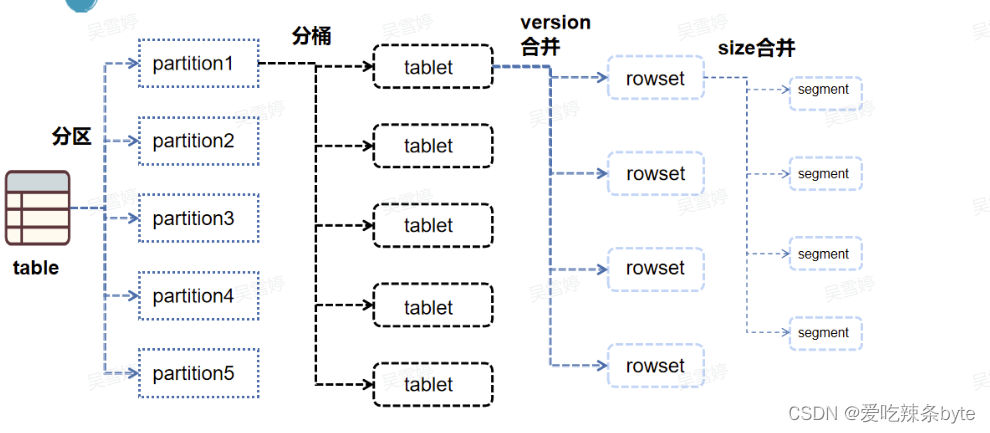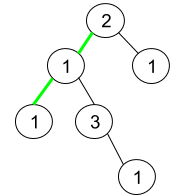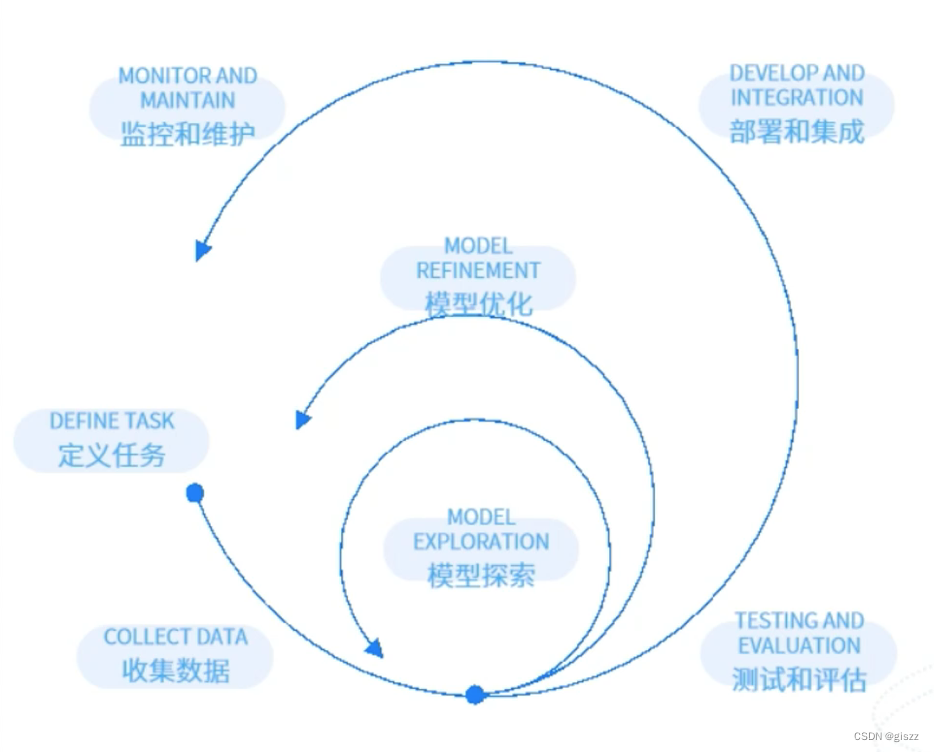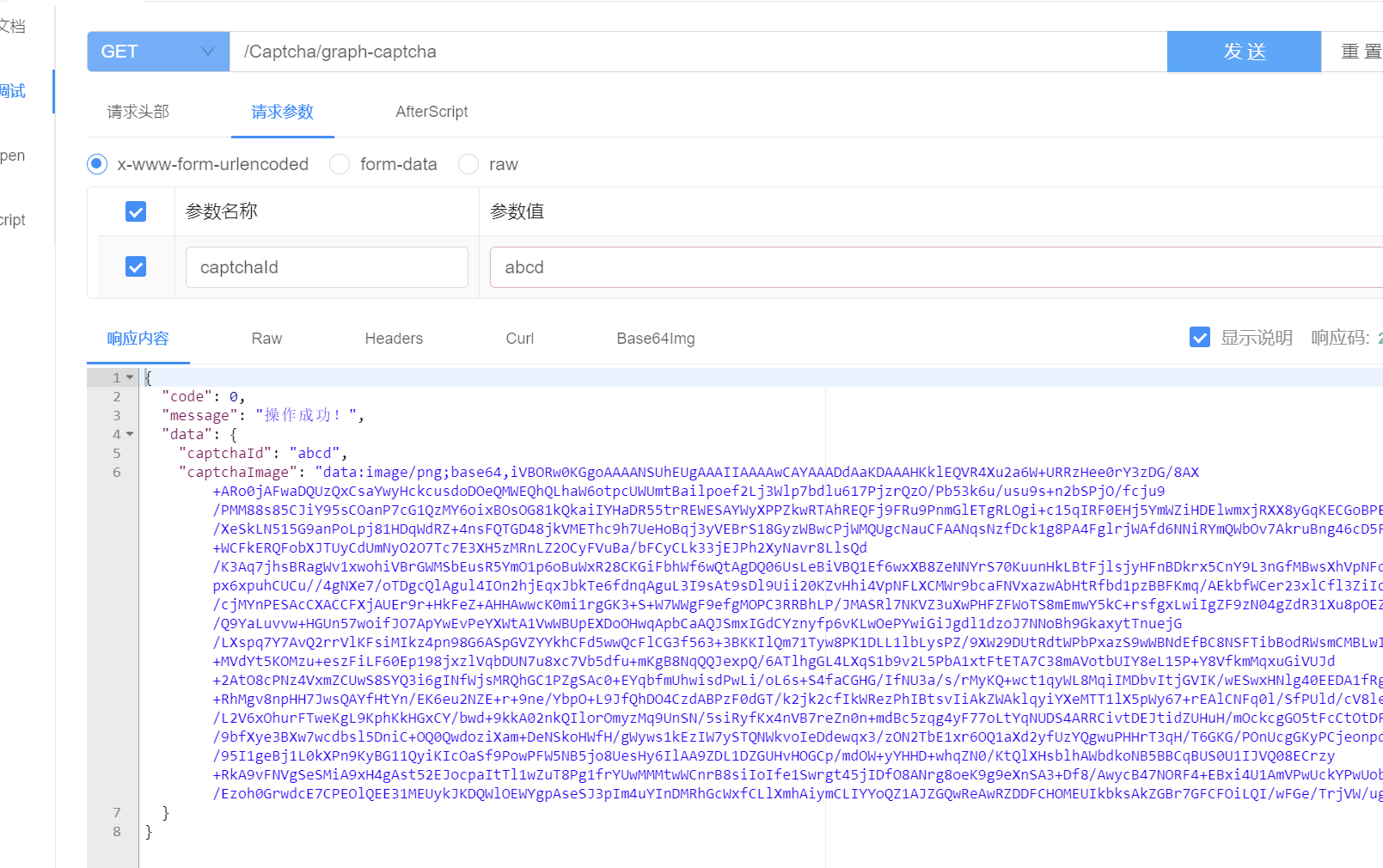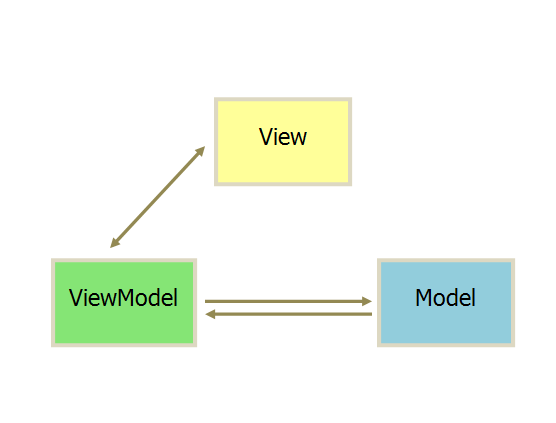Vue2 学习第二天
1. 数据绑定
Vue 中有 2 种数据绑定的方式:
- 单向绑定(
v-bind):数据只能从 data 流向页面。 - 双向绑定(
v-model):数据不仅能从 data 流向页面,还可以从页面流向 data。
备注:
- 双向绑定一般都应用在表单类元素上(如:input、select等),改变 input 视图自动发生变化
v-model:value可以简写为v-model,因为**v-model默认收集的就是value**值。
<template>
<div id="wrapper">
<!-- <button v-on:click="toggle">toggle</button> -->
<!-- <p v-if="isShow">hello world</p> -->
<p v-if="score == 100">满分</p>
<p v-else-if="score >= 60">及格</p>
<p v-else>不及格</p>
<!-- v-show通过控制css中的display:none来隐藏元素 -->
<span v-show="isShow">当前的分数是:{{ score }}</span>
<br />
<!-- v-model可以自动的做双向绑定,改变input视图自动发生变化 -->
<input type="text" v-model="score" />
<button @click="handleClick">控制分数显示</button>
</div>
</template>
<script>
export default {
data() {
return {
isShow: true,
score: 0,
};
},
methods: {
toggle() {
this.isShow = !this.isShow;
},
handleClick() {
this.isShow = !this.isShow;
},
},
};
</script>
<style></style>

2. v-for 循环
v-for可以通过这个语法糖,在模板中对 data 中的数组进行遍历。
就是一个循环一个标签,会送你一个item和index。
<template>
<div id="wrapper">
<div class="box">
<!-- v-for就是一个循环一个标签,会送你一个item和index -->
<div v-for="(item, index) in songList" :key="index" class="item">
<!-- 属性前面加上:代表了动态属性,里面可以传入变量 -->
<img :src="item.imgUrl" alt="" />
<div>{{ item.imgName }}</div>
<!-- 事件传参,我们可以将item传入事件 -->
<button @click="deleteItem(item)">点我删除</button>
</div>
</div>
</div>
</template>
<script>
export default {
name: "VFor",
data() {
return {
songList: [
{
imgUrl: "https://p1.music.126.net/JcpOXM243FptA9tRYnPFlw==/109951167423159409.jpg",
imgName: "歌曲1",
},
{
imgUrl: "https://p1.music.126.net/-3hoO4QAO81HZ4gax4SMBw==/109951167692147226.jpg",
imgName: "歌曲2",
},
{
imgUrl: "https://p1.music.126.net/xJzCcsYiMUAWtwBMKj7IBg==/109951167930323816.jpg",
imgName: "歌曲3",
},
],
};
},
methods: {
// 将点击的项给删除
deleteItem(item) {
// filter方法,筛选数组,找到名字和当前项不一样的返回
this.songList = this.songList.filter((song) => {
return song.imgName !== item.imgName;
});
},
},
};
</script>
<style scoped>
#wrapper {
width: 100vw;
}
.box {
width: 300px;
height: 300px;
border: 1px solid #ccc;
display: flex;
flex-wrap: wrap;
justify-content: center;
align-items: center;
margin: 0 auto;
}
.item {
flex: 1;
height: 100px;
display: flex;
flex-direction: column;
align-items: center;
}
.item > img {
width: 50px;
height: 50px;
}
</style>
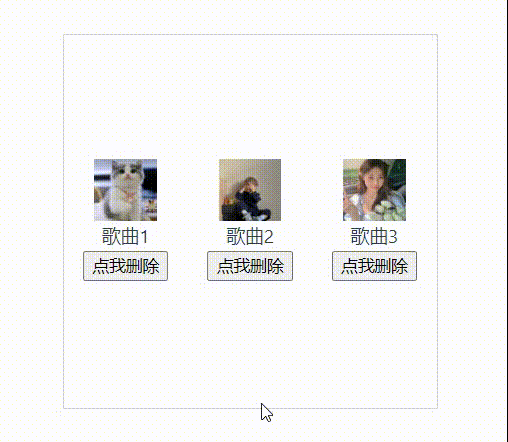
3. class 和 style
可以通过以下方式设置样式:
- 字符串设置
- 对象设置
- 数组设置
<template>
<div>
<!-- 字符串设置 -->
<div :class="current ? 'active' : ''">hello world</div>
<!-- 数组设置 -->
<!-- 使用三元表达式设置class -->
<div :class="active ? ['active', 'box'] : 'box'"></div>
<button @click="activeBox">激活box</button>
<!-- 使用对象去设置样式 -->
<div
:style="{
opacity: opacity,
width: '100px',
height: '100px',
background: 'red',
}"
class="test"
></div>
<input type="range" v-model="opacity" :step="0.1" :min="0" :max="1" />
</div>
</template>
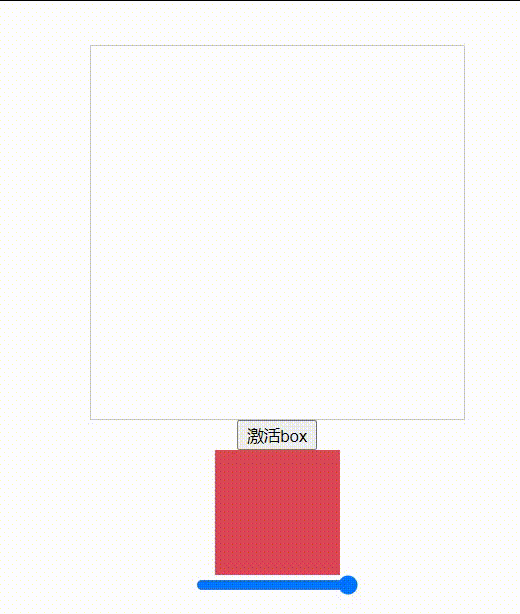
4. 生命周期
Vue 生命周期总结(四个阶段,八个钩子函数),生命周期就是组件或者实例,从创建到被销毁(初始化化数据、编译模板、挂载 DOM、渲染一更新一渲染、卸载)的一系列过程。
-
生命周期:
-
又名:生命周期回调函数、生命周期函数、生命周期钩子。
-
是什么:Vue 在关键时刻帮我们调用的一些特殊名称的函数。
-
生命周期函数的名字不可更改,但函数的具体内容是程序员根据需求编写的。
-
生命周期函数中的 this 指向是 vm 或 组件实例对象。
-

总结生命周期:
常用的生命周期钩子
mounted: 发送 ajax 请求、启动定时器、绑定自定义事件、订阅消息等【初始化操作】。
beforeDestroy: 清除定时器、解绑自定义事件、取消订阅消息等【收尾工作】。
关于销毁 Vue 实例
销毁后借助 Vue 开发者工具看不到任何信息。
销毁后自定义事件会失效,但原生 DOM 事件依然有效。
一般不会在beforeDestroy操作数据,因为即便操作数据,也不会再触发更新流程了。
